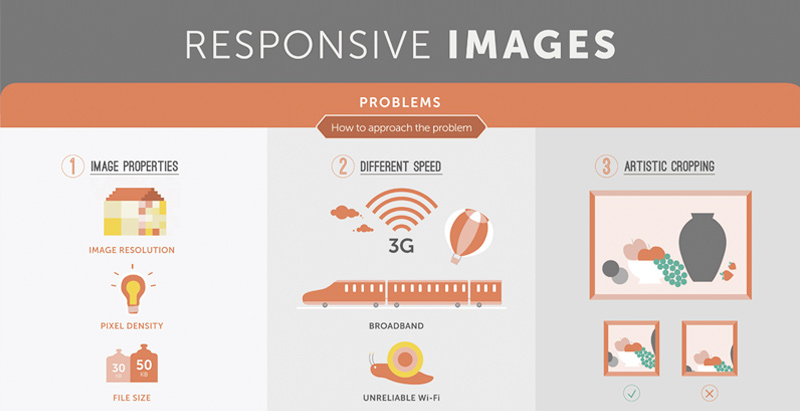Site Layout: A Trip Through Time.From Simple Beginnings To Contemporary Marvels, Internet Site Style Has Actually Gone Through A Significant Improvement Throughout The Years
Site Layout: A Trip Through Time.From Simple Beginnings To Contemporary Marvels, Internet Site Style Has Actually Gone Through A Significant Improvement Throughout The Years
Blog Article
Produced By-Monroe Vangsgaard
In the past, internet sites were basic and focused on info. Navigation was direct, and design was for desktop computers. Currently, individual experience is key. Data overviews layouts for very easy navigating. Receptive layouts suit different devices. Today, dark setting lowers pressure, and minimalist food selections enhance navigating. Interactive functions engage individuals, and strong visuals stand out. AI integration increases involvement. See exactly how design has progressed to improve your online journey.
Early Days of Web Design
In the early days of web design, simplicity preponderated. Websites were standard, with minimal shades, fonts, and designs. The focus got on giving info rather than fancy visuals. Individuals accessed the web via slow-moving dial-up connections, so rate and functionality were vital.
Navigating menus were straightforward, generally situated at the top or side of the web page. Sites were created for computer, as mobile surfing wasn't yet widespread. related website was king, and designers focused on simple readability over intricate style components.
HTML was the primary coding language made use of, and designers had to function within its constraints. Animations and interactive features were marginal compared to today's criteria. Sites were fixed, with little vibrant content or personalized customer experiences.
Increase of User-Focused Design
With the evolution of internet site design, a shift in the direction of user-focused layout principles has actually ended up being progressively famous. Today, producing web sites that prioritize individual experience is critical for involving site visitors and attaining service objectives. User-focused design entails comprehending the requirements, choices, and behaviors of your target market to tailor the internet site's design, material, and includes accordingly.
Designers currently conduct detailed study, such as individual studies and functionality screening, to collect understandings and responses straight from users. This data-driven technique aids in producing instinctive navigation, clear calls-to-action, and aesthetically appealing interfaces that reverberate with visitors. By placing the individual at the center of the style process, internet sites can provide an extra personalized and pleasurable experience.
Responsive design has actually also emerged as a crucial element of user-focused design, making sure that internet sites are enhanced for different gadgets and screen dimensions. This adaptability improves access and use, catering to the varied means customers connect with web sites today. In essence, the rise of user-focused style symbolizes a shift towards developing electronic experiences that prioritize the demands and expectations of the end individual.
Modern Trends in Website Design
Check out the most recent patterns shaping web design today. One noticeable trend is dark mode style, offering a smooth and modern-day look while lowering eye strain in low-light environments. Another crucial trend is minimalist navigation, simplifying food selections and enhancing customer experience by concentrating on essential elements. Integrating micro-interactions, such as animated switches or scrolling effects, can produce a much more appealing and interactive internet site. Responsive style stays essential, guaranteeing seamless individual experiences throughout different tools. Furthermore, using vibrant typography and asymmetrical designs can include aesthetic rate of interest and accentuate details web content.
Incorporating AI technology, like chatbots for customer assistance or customized referrals, improves individual involvement and simplifies processes. Ease of access has also end up being a significant fad, with designers focusing on comprehensive style methods to cater to diverse individual requirements. Welcoming sustainability by optimizing internet site performance for speed and effectiveness is one more arising pattern in web design. Teaming up with user comments and data analytics to iterate and enhance layout continually is essential for staying pertinent in the ever-evolving digital landscape. By accepting these modern patterns, you can produce a visually appealing, user-friendly website that reverberates with your audience.
Final thought
As you assess the evolution of internet site style from the very early days to now, you can see just how user-focused design has actually come to be the driving force behind modern trends.
Welcome visit the site of modification and adaptation in website design, constantly keeping the customer experience at the center.
Stay present with the latest fads and modern technologies, and never quit developing your method to develop aesthetically sensational and straightforward internet sites.
https://www.docnyc.net/event/digital-marketing-for-your-documentary/ , adapt, and create - the future of web design remains in your hands.
